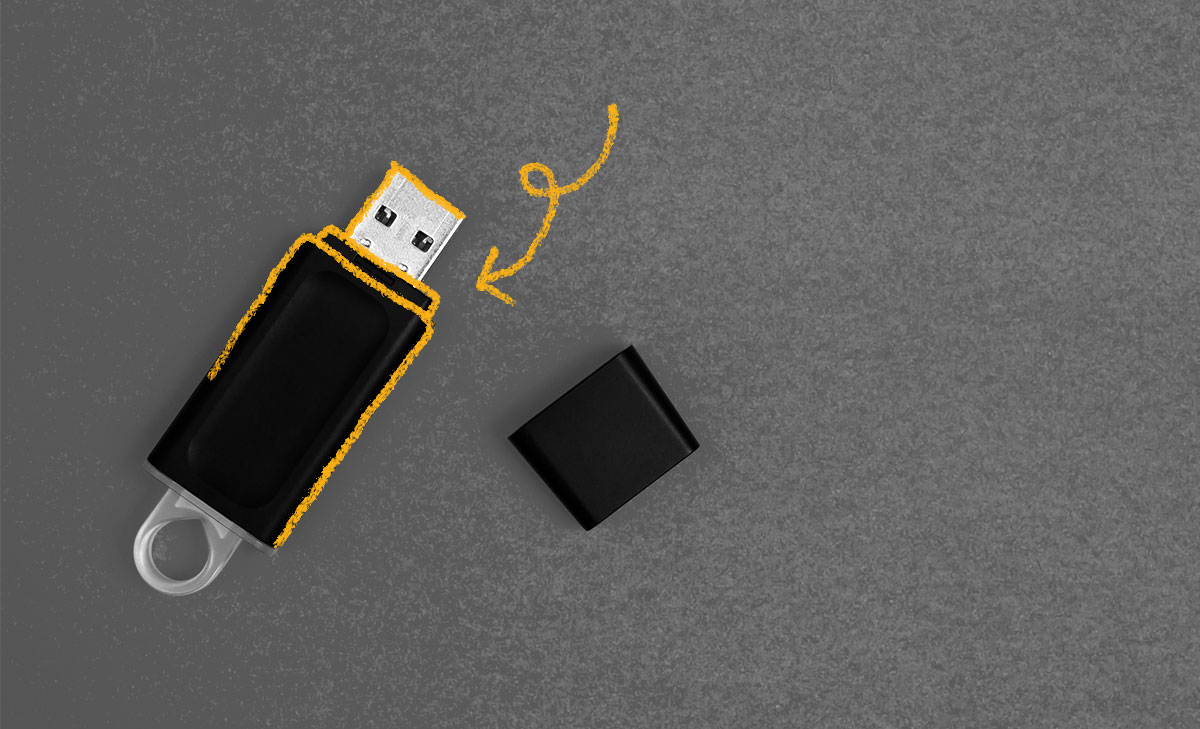In 1984, a Toshiba employee named Fujio Masouka created the original EEPROM (Electronically erasable programmable read-only memory). His colleague, Shoji Ariizumi, came up with the name “flash” because the erasure process reminded him of a camera flash. In 1987, Mousaka began creating Nand Flash Memory, the first USB flash drive. However, he and his partner preferred to work on other projects, so Intel took the lead for Nand Flash Memory over Toshiba. In 1999, USB 1.0 and 1.1 were invented and released to the public; credit for the creations is disputed. In the early 1990s, Ajay Bhatt, a computer architect at Intel, developed the standard USB interface. USB technology really came of age when USB 2.0 was created in the early 2000s. Video game consoles began to be manufactured with USB ports and in 2005, Microsoft began selling the modern USB Flash Drive. USB 3.0 was released in 2008 and in 2009, 256Gb Flash Memory was invented. In 2013, 1Tb drives were released and in 2017, 2Tb drives capable of storing 34,000 hours of music, 1,000 hours of video, or 32,000 pictures were released. Today, USB flash memory technology continues to improve as users continue to search for efficient ways to create extra storage and back up important files.

Your go-to guide for weird history facts
Subscribe to the FREE daily email that makes learning about history fun.


